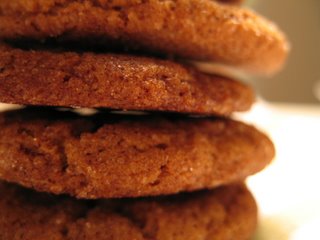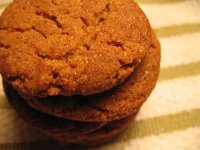 I just discovered that the Boston Globe has a column devoted to the best plonk of the month. The explanation of the column from their website:
I just discovered that the Boston Globe has a column devoted to the best plonk of the month. The explanation of the column from their website: "This is a monthly column on $10-and-under wines we call "plonk," which began as British slang for the cheapest drink served, and is now widely used to mean simple, inexpensive bottles. "Plonk of the month" appears on the last Wednesday of the month and is posted on Boston.com.
Wines are selected to go with the season, so winter's heartier fare might lean more toward reds, but whites appear more often as the weather warms. We list several shops where you can buy these bottles, but check with your local merchant."
 Here's the link to this month's column: http://www.boston.com/ae/food/gallery/plonk_september/, as well as a backlisting of their columns for the last few months. The Globe has also recently published an article entitled "Plonkapalooza" wherein they tasted 50 wines sold for around $10 or less per bottle and chose their favorite top 10: http://www.boston.com/ae/food/articles/2006/10/25/plonkapalooza/. Three cheers for good wine on the cheap!
Here's the link to this month's column: http://www.boston.com/ae/food/gallery/plonk_september/, as well as a backlisting of their columns for the last few months. The Globe has also recently published an article entitled "Plonkapalooza" wherein they tasted 50 wines sold for around $10 or less per bottle and chose their favorite top 10: http://www.boston.com/ae/food/articles/2006/10/25/plonkapalooza/. Three cheers for good wine on the cheap!


















